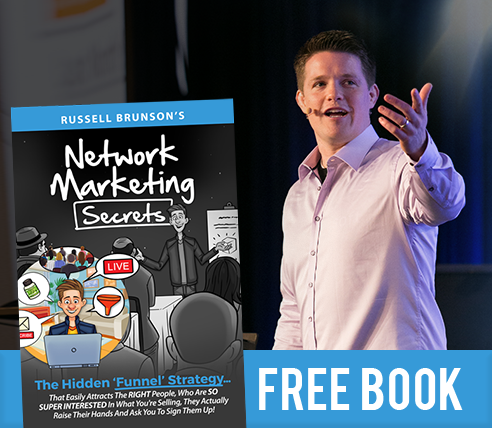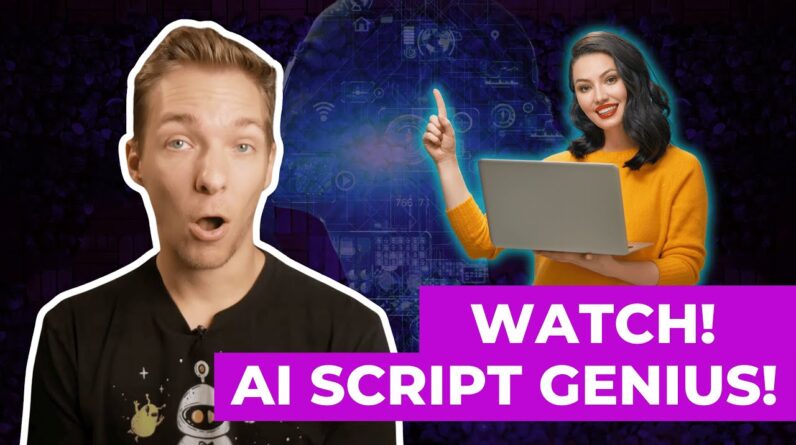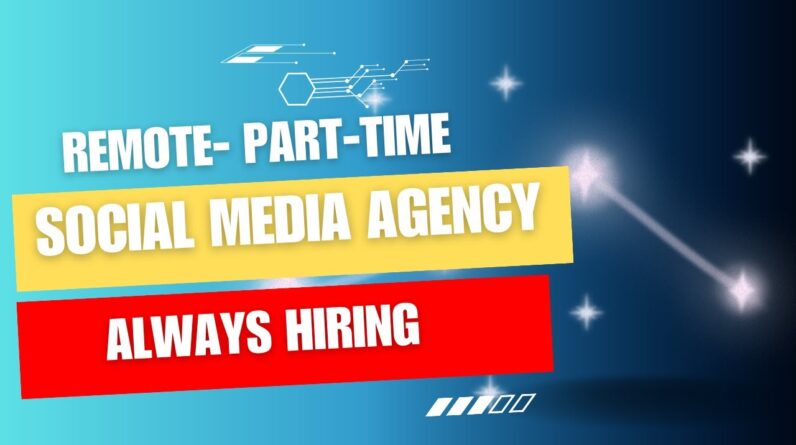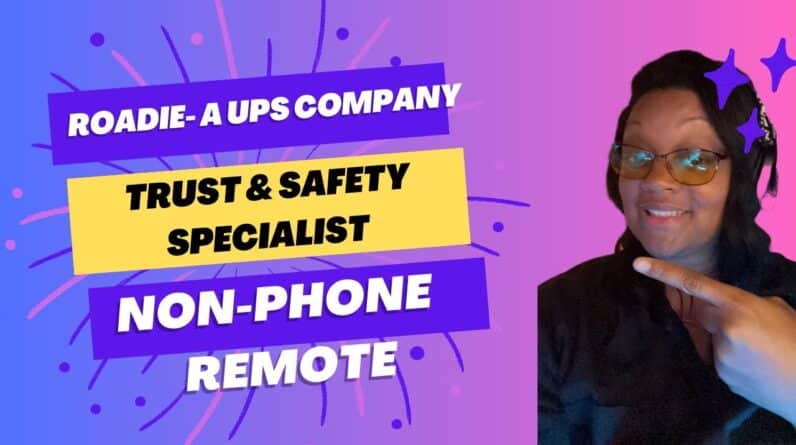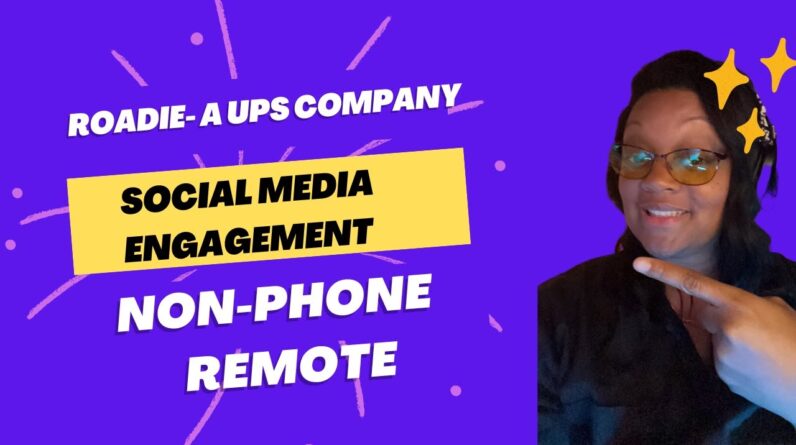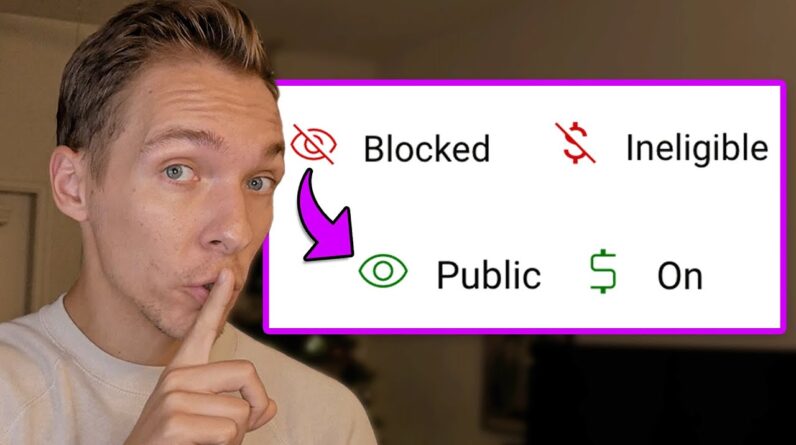
Let's tackle how we avoid copyright strikes on our Facts Verse channel which in turn will help you prevent copyright strikes on your channel.
▬Contents of this video▬
00:00 – Intro
00:51 – YouTube Fair Use Policy
06:32 – Strategies to stay Copyright Free
How We LEGALLY Avoid Copyright on YouTube
First off I am not a copyright lawyer or A lawyer of any kind but I can tell you A lot about how we avoid copyright Strikes on our Channel which is pretty Significant considering we run a channel Almost completely in the entertainment And pop culture Niche if you're new to Our videos here we run facts first which Is a fully automated YouTube channel uh Focused on the old Hollywood Entertainment Niche and one of the Questions we get all the time is how we Avoid copyright strikes on our videos When we so frequently use footage from The very movies and television shows we Discuss in our videos and there are a Few key elements and strategies we use To avoid copyright strikes and allow us To use footage from otherwise Copyrighted materials within our videos And run them on YouTube with full Monetization capabilities but before we Get into our exact strategies I have to Discuss why they're actually legitimate Solutions to avoiding copyright strikes On your videos and that comes back to Understanding fair use fair use is Something that's thrown around all the Time when it comes to content creation Especially on YouTube and they have Articles dedicated to this exact topic As it says here fair use is a legal Doctrine that says you can reuse Copyright protected material under
Certain circumstances so for those of You who are looking to incorporate Copywriting material into your videos You can do so safely as long as it falls Under fair use and Google describes the Four factors that courts look at when Determining whether something falls Under fair use or if it is copyright Infringement we have the purpose and the Character of the use the nature of the Copyrighted work the amount and Substantiality of the copyrighted work Used and the effect on the potential Market for or value of the copyrighted Work so if you use these four factors And work through them to create rules Around how you use copyrighted content You can safely use all copyrighted Materials or merely all copyrighted Materials so that they fall under fair Use and you can use them safely luckily Again Google gives us more info on what Can qualify for fair use using these Four factors the first one is something We personally use a lot and that's the Purpose and character of the use the First thing to think about is whether The use of copyrighted content is Transformative and this means whether it Adds something new to that original Material or if it's just a copy and Paste of what it was already created and Copyrighted this is kind of similar to YouTube's issues with monetizing
Compilation videos which are essentially Just a copy and paste of a bunch of Videos into one YouTube doesn't want to Monetize that because it's not really Original you're just regurgitating the Same content that's elsewhere whereas if You add something new to a compilation Suddenly it becomes a new original piece Of work with new meaning that kind of Stands by itself when compared to the Original material to put that in context With us at faxverse we are not just Regurgitating the footage from movies And television shows we are adding more Context about behind the scenes details Or maybe struggles from an actor's Personal life that isn't really shown Just on camera or in a given uh you know Film or television production by doing This we actually add more context onto That copyrighted material and give it a New meaning it's not just you know the Original clip from a TV show so this is Going to come up pretty specifically When I show you the strategy we use to Really transform that copyrighted Material next is the nature of the Copyrighted work and a good tidbit here Is that using material from factual Works is more likely to be fairer than Using fictional works so this could be Especially helpful if you are creating Videos kind of documentary style and Formative educational uh whereas if
You're sending entertainment issues Something you still have to be careful Of and again we'll talk about some of Our other strategies for that here in a Minute now this next one is another one We spent a lot of time on and that's the Amount and substantiality of the portion Used in relation to the copyrighted work As a whole and it specifically says Borrowing small bits of material from an Original work is more likely to be Considered fair use in borrowing large Portions and does specify if it's the Quote heart of the work even a small Amount may not fall under fair use of Course that's going to depend really on The material used and how it's being Used so perhaps you can even combine the Heart of the work with some of these Other ways of making it fall under fair Use and be totally fine but that's just Something to keep in mind but the point Here is if there's a two hour film and You use 10 seconds of it in your video That's a very small portion of the film So small that it's hardly taking the Work as a whole You're just showing a Glimpse of that film and this is Something we use a lot from factors we Talk about movies TV shows if we show Just a couple seconds of a specific Episode or a movie for that matter we Use such a small portion of the entire Piece of work that it really falls under
Fair use quite easily now the exact Amounts of this is something we've had To play with a lot and again I will Share the specifics on that here in a Moment and finally the effect of the use Upon the potential market for or value Of the copyrighted work and the question You want to ask yourself here is whether Your use of the copyrighted material is Going to affect the original Works Ability to make money so for example if You use part of an episode and you Uploaded an episode on YouTube of a TV Show that's still you know on TV or on Amazon Prime or whatever it may be Your availability of that episode on YouTube from your upload could impact The company's money to make sales of That episode Um you know selling it uh for cable Reruns or selling it for rent on Amazon Prime so that is going to be very Explicitly copyright infringement and That's going to be bad for you so you Need to make sure that again kind of if You stick to this first rule of making Sure it's transformative not just Regurgitating the video you're adding Something to it you're going to be safe From this because your work is going to Stand alone and not serve the same Purpose as the original piece of work Now that's copyright and just staying Safe with fair use and making sure
Content falls under fair use if you use It in your video but there's another Component and that's the YouTube Content ID system fair use is decided in a legal Setting often courts are involved Generally those rules of thumb for fair Use is just to protect you in a legal Setting in case you do stray too far Maybe walk that line a little too close And do get into some legal implications With the use of copyrighted material Content ID is something exclusive to YouTube and YouTube content content ID Is triggered when you upload something Onto YouTube that matches something that Is already uploaded onto YouTube you YouTube itself describes it as a match Between a reference file which would be That original upload and a new upload And this specifically is what's going to Trigger things like the monetization and Blocked visibility when you upload a Video right off the bat that's YouTube Just scanning your video and comparing It to other videos in its library and Catching things that are exact matches You can argue in some cases if you have Explicit permission to use such Materials but in most cases you're going To need to be able to work around this Content ID system and make sure you're Using content that isn't going to get Claimed through YouTube Content ID so With that let me show you some of the
Strategies we use to make sure all of Our videos are fully monetizable and Stay copyright free however another Quick disclaimer I do want to emphasize A few things here one being that if you Have access to a b-roll library you Should definitely use that to complement Some of the footage used in your videos If you use entirely footage that is Copyright protected and you're trying to Whittle it all down so that you can use It in a full video without any b-roll You're probably going to run into some Problems using b-roll that you have the License to is a great way to just reduce Your risk overall and make sure you have Some other content to flesh out your Video so that you don't rely on Completely using copyrighted materials Another thing is music is Extraordinarily hard to get through the Content ID system and music copyright Um so I would suggest it's not using any Copyright protected music there are some Cases where I've been able to work Around it using live recordings meaning Not like the studio recordings the Really clean recordings but maybe a just The MP3 file of someone who is at a Concert and recorded the sound of a live Performance because that's going to vary A little bit from the studio recordings And therefore These automatic copyright and content ID
Systems won't be able to match those Files uh perfectly but even that can be Very difficult to get through on YouTube For monetization so I would just Recommend using royalty free music or Again signing up for somewhere where you Have access to to music that you can use Uh with a license finally even with some Of the strategies I'm about to show you Avoiding copyright can be very very Difficult with certain brands and media Entities for example we've never had any Luck with things like the NFL WWE uh Golf PGA There's a lot of companies out there That really keep a close eye on who is Using their content so some of these Strategies might work for some pieces of Content some might not and that's just Something you kind of have to roll with And figure out how to work around as a Content creator if you're trying to use These copyrighted materials uh so for This example we're going to look at a Video we made called colorized classic Sitcoms reveal details we never noticed Before so these are all old black and White sitcoms from the 50s and 60s that Were later colorized or have some Colorized Clips or images available Online And how we use this material which is Presumably copyright protected of course The first thing I should say is a lot of
These super old TV shows and movies Um some of them may be public domain now Just because they're so old so that's a Unique area for us in this Niche where We have a little bit more leeway because Just the content is so old uh the Studios and the teams that created it Might not even be monitoring it for Copyright Um anymore so we do have a little bit of Wiggle room there because of just that's The kind of videos we make Um but these strategies still apply to Newer materials and other videos that We've done and our first example right Here is using a TV frame around the Footage uh so this is something we kind Of consider as transformative Um where it isn't just the raw footage From this TV show this is a clip from Happy Days Um We actually put it in the TV frame which Does clip off some of the footage and Obviously you can still see the bulk of It but this is in a way us trying to Make it a little more our own it's not Just re-uploading the raw footage Um and showing it there we are putting a Little bit more into it to kind of Change the context and this context is That we are talking about the Nostalgia Of these TV shows and we're adding Context to details that you may not have
Noticed when you first watched them And this is something that I've seen Other channels do and we've had success With sometimes with really strict clips That are really tough to get through Copyright Um if you put something really big and Obnoxious on the screen like a big Watermark uh it usually gets around the YouTube uh content ID match system Probably because it just distorts the Visuals of the image so much so there Might be some ways you can get around This further I haven't experimented too Much but maybe like distorting the image Um I've seen some people flip the image I don't know if that actually works uh But little ways to kind of tweak it and Actually change the underlying footage So that it doesn't exactly match the Original like pixel for Pixel another Thing we do here you have to I went to See this behind the the timeline here But we add the source of the footage in The bottom corner and this is just kind Of uh you know this actually help with Content ID match or anything but just to Show that we are trying to give credit Where credit is due for some of this Footage especially when we take images I Think this becomes super important Because some images out there are taken By photographers who want to protect Their work
So many of them when they see that you Know it's credited in the corner and We're just using their uh their their Photos of their materials in a Respectful way Um many are not concerned about the Copyright some who reach out we could Say oh yeah we gave you credit but you Know we'd love to uh to pay for the use Of this this image if that's something That we need to do another thing we do As you'll notice throughout the intro Here is just we use very small clips From each uh show that we discuss and Specifically we used eclipse from Different episodes or different parts of A movie if we talk about it and this Goes back to the uh the fair use rule About The substantiality or the overall Portion of the work that you're using Again we're not going to take the entire 30-minute television episode and put it In our video we're going to take 10 or 15 seconds out of it and use that clip And maybe 10 or 15 seconds from another Episode and piece them all together so That we have content that is completely Unrelated to the original works but Still gets the point across that we're Talking about a specific TV show and Maybe some of the details behind the Scenes and I use 10 and 15 seconds Because that's a number we really try to
Stick to especially if we're focused on One piece of material we really want to Try and limit that to 10 seconds and be As safe as possible if we're pulling Multiple multiple clips from something Um 15 seconds if it's like something Really old that we're not too worried About getting copyright uh claimed on But Again just trying to use small small Portions of the original work Um to put us in that fair use category But ultimately that's really about it is Just trying to transform the content Make it your own make sure it falls Under fair use and keeping the segments Of the clips used short Um can also help you know reduce the Likelihood of it getting caught through Content ID and the use of Graphics Things like these TB frames we use and We also have our our section titles that Pop up in between each segment of the Video these all add more context add More material to the original footage so That it becomes more and more distant From that original work and this means Uh one it's transformative and it means We're not impacting the ability of that Original work to continue generating Revenue or reaching its market share Whatever Google describes it as so it's Strategies like these that help us use Copyright protective material and safely
Put them in our videos and keep them Fully monetizable but again that just Works for us and maybe you have to Employ some different strategies to make Things work for your Niche depending on What material you are trying to use for Your videos so if you've had experience Doing anything else to protect yourself From copyright leave us a comment below So we can discuss it and for more on how We run our YouTube automation business Check out the playlist on the screen now And we'll see in the next video [Music]

